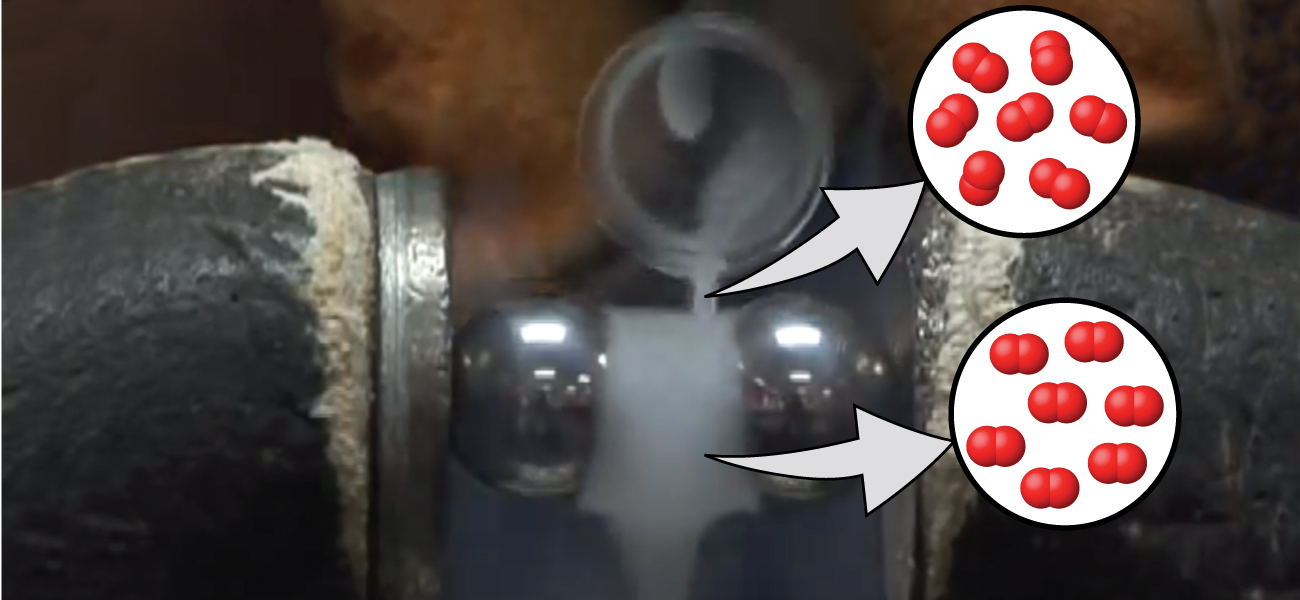Chapter 21: Advanced Theories of Covalent Bonding
Organic and Biochemistry Supplement to Enhanced Introductory College Chemistry
by Gregory Anderson; Jen Booth; Caryn Fahey; Adrienne Richards; Samantha Sullivan Sauer; and David Wegman
Chapter 21 Contents
In this chapter, you will learn about:
- Valence Bond Theory
- Hybrid Atomic Orbitals
- Multiple Bonds
- Molecular Orbital Theory
Except where otherwise noted, this OER is licensed under CC BY-NC-SA 4.0
Please visit the web version of Organic and Biochemistry Supplement to Enhanced Introductory College Chemistry to access the complete book, interactive activities and ancillary resources.
To better support your learning, you should be familiar with the following concepts before starting this chapter:
- Modern atomic theory and atomic structures of elements (from Chapter 10: Modern Atomic Theory)
- Covalent Bonding (from Chapter 11: Chemical Bonding)
- Lewis symbols and structures (from Chapter 11: Chemical Bonding)
- Molecular structure and VSEPR (from Chapter 11: Chemical Bonding)


We have examined the basic ideas of bonding, showing that atoms share electrons to form molecules with stable Lewis structures and that we can predict the shapes of those molecules by valence shell electron pair repulsion (VSEPR) theory. These ideas provide an important starting point for understanding chemical bonding. But these models sometimes fall short in their abilities to predict the behaviour of real substances. How can we reconcile the geometries of s, p, and d atomic orbitals with molecular shapes that show angles like 120° and 109.5°? Furthermore, we know that electrons and magnetic behaviour are related through electromagnetic fields. Both N2 and O2 have fairly similar Lewis structures that contain lone pairs of electrons.
Yet oxygen demonstrates very different magnetic behaviour than nitrogen. We can pour liquid nitrogen through a magnetic field with no visible interactions, while liquid oxygen is attracted to the magnet and floats in the magnetic field. We need to understand the additional concepts of valence bond theory, orbital hybridization, and molecular orbital theory to understand these observations.
Attribution & References
Except where otherwise noted, this page is adapted by Samantha Sullivan Sauer from “Chapter 5 Introduction” In General Chemistry 1 & 2 by Rice University, a derivative of Chemistry (Open Stax) by Paul Flowers, Klaus Theopold, Richard Langley & William R. Robinson and is licensed under CC BY 4.0. Access for free at Chemistry (OpenStax)

